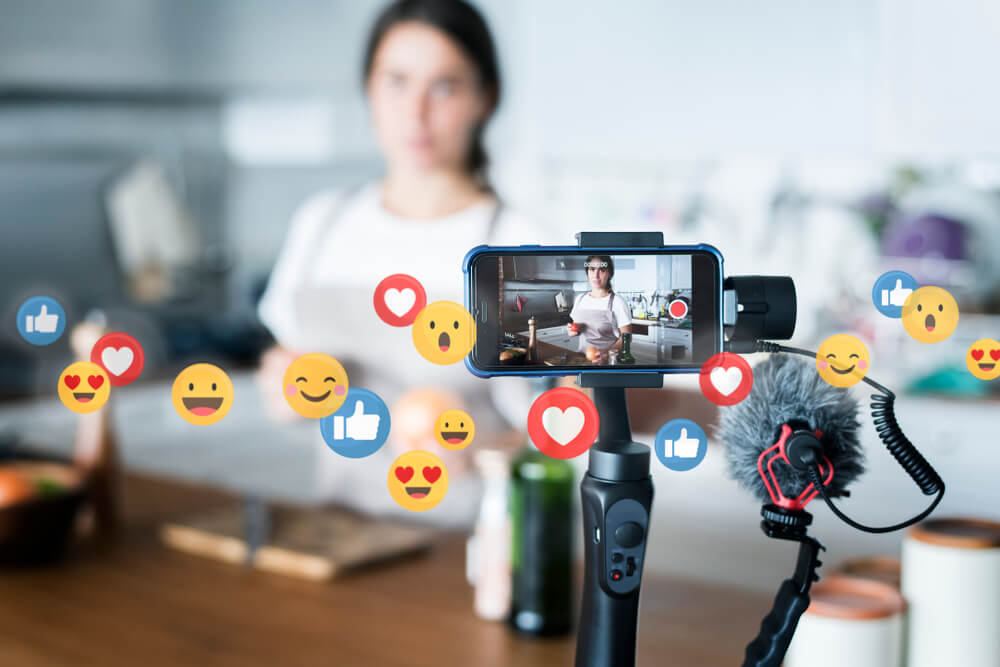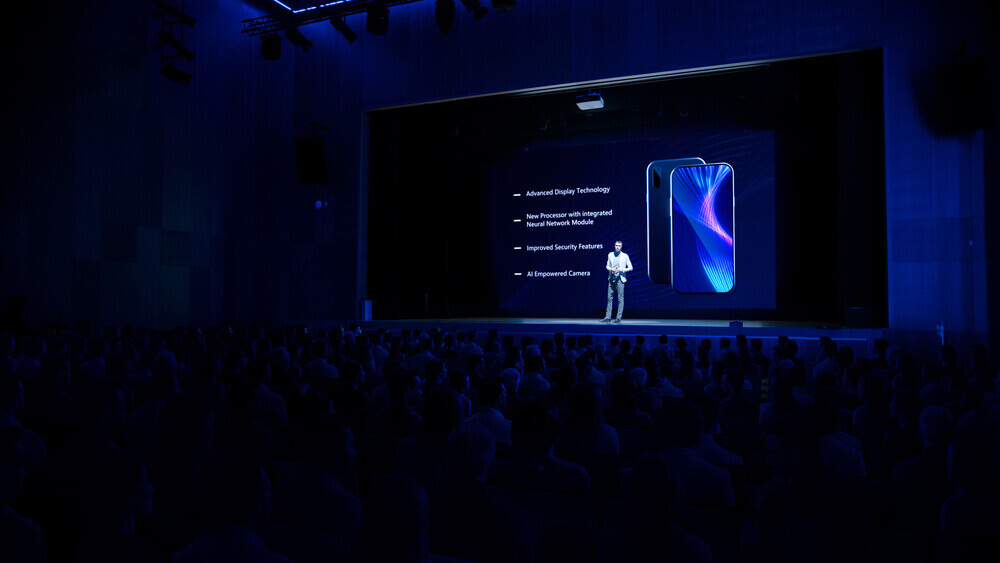 Digital disruption brings with it new ways to engage with customers and reach new markets, so don’t make the mistake of treating social media as an afterthought.
Digital disruption brings with it new ways to engage with customers and reach new markets, so don’t make the mistake of treating social media as an afterthought.
When people think about digital disruption they think about leveraging the power of new technologies to seize new opportunities. This often means working more efficiently and effectively, empowering small businesses to punch above their weight while also letting big businesses remain agile in the face of new, nimble competitors.
While changing the way your business works is one piece of the puzzle, digital disruption is also about changing the way your business interacts with the world.
At first glance the rabble of social media can seem impenetrable, but you shouldn’t underestimate its power as a business tool. Don’t jump into the deep end; tread carefully. The key to making the most of social media is to develop a coordinated, cross-platform social media strategy that aligns with your other marketing efforts and wider business goals.
Rather than simply shouting from the rooftops, social media lets you engage with customers, start a conversation and even create an online community. For some businesses, social media has completely replaced traditional marketing efforts, while for others social media has become another tool at their disposal.
When you look at the success many businesses have had using social media, it’s clear people want to engage with the businesses and brands they trust. Look at what your competitors are doing – it’s possible they’re using social media to poach customers from right under your nose.
Social media doesn’t just offer the ability to reach your old customers in new ways, it also lets you look beyond your own backyard and extend your total addressable market. It’s just as easy to reach people on the other side of the world as it is to reach people on the other side of town, giving you the ability to compete on the world stage and target growth markets from afar.
The icing on the cake is that social media lets you focus your efforts, hone your message and measure the results in ways that simply aren’t possible via traditional one-way marketing channels.
Don’t make the mistake of assuming all social media channels are created equal. Networks like Twitter, Facebook, Instagram and YouTube all have strengths and weaknesses, plus they attract different types of users. The best social media strategies tend to take a multi-channel approach while ensuring all channels work in unison to help you achieve your business goals, such as building customer loyalty and funnelling potential new customers into your sales pipeline.
Used strategically, social media is a powerful digital disruption tool for carving out a customer base and breaking into new markets. Rather than blasting out the occasional tweet and hoping for the best, it’s important to develop a coordinated strategy to ensure your business is making the most of social media.








